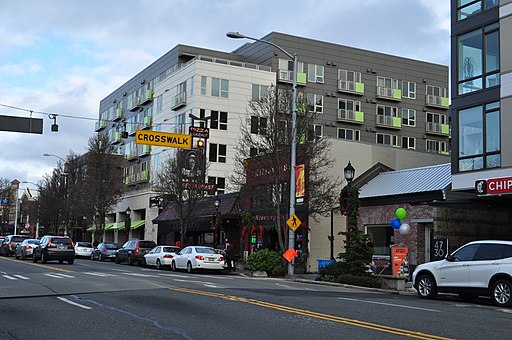
Mike Lindblom and Heidi Groover report ($) that King County Executive Dow Constantine wants to reopen February’s collective bargaining agreement that grants ATU-587 raises of 3% the next two years and 4% in 2022-23.
The Union has good reason to consider it. With revenues collapsing and service cuts coming in September, layoffs appear inevitable. Lower pay would mean more service, and thus more jobs. This would incidentally be better for riders.
Both a pay freeze and layoffs are, of course, at the expense of people so recently hailed as heroes for risking themselves in the pandemic, with two fatalities and numerous drivers infected. ATU 587 argues, correctly, that if Metro exhausts its rainy day fund, CARES Act funding, and Seattle passes a TBD extension, it can kick the can down the road past the end of the CBA.
That might store up trouble for later. But stalling actually worked in the great recession, when various minor efficiencies (and a steep fare increase) more or less kept service cuts at bay until the accelerating economy made them unnecessary.








